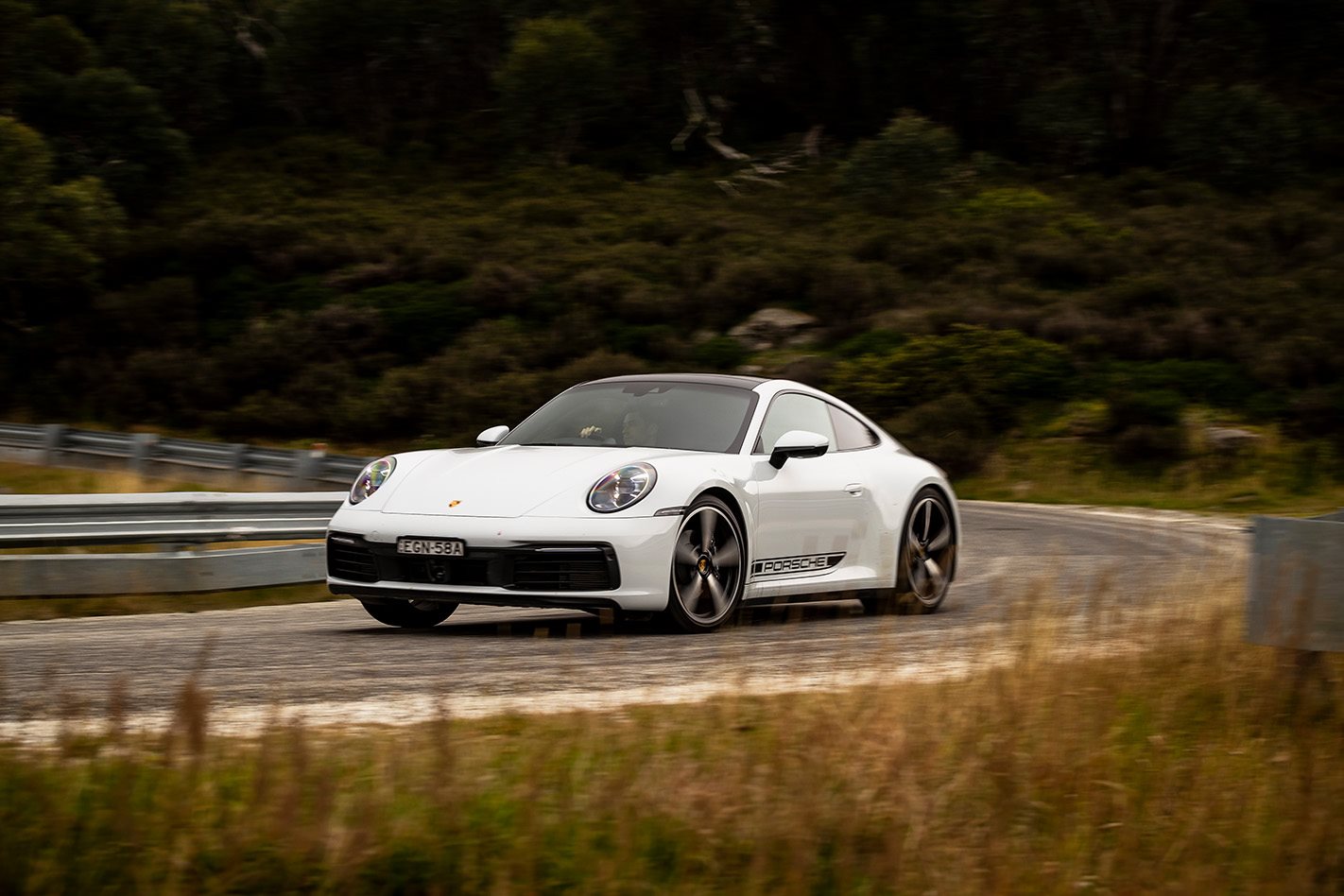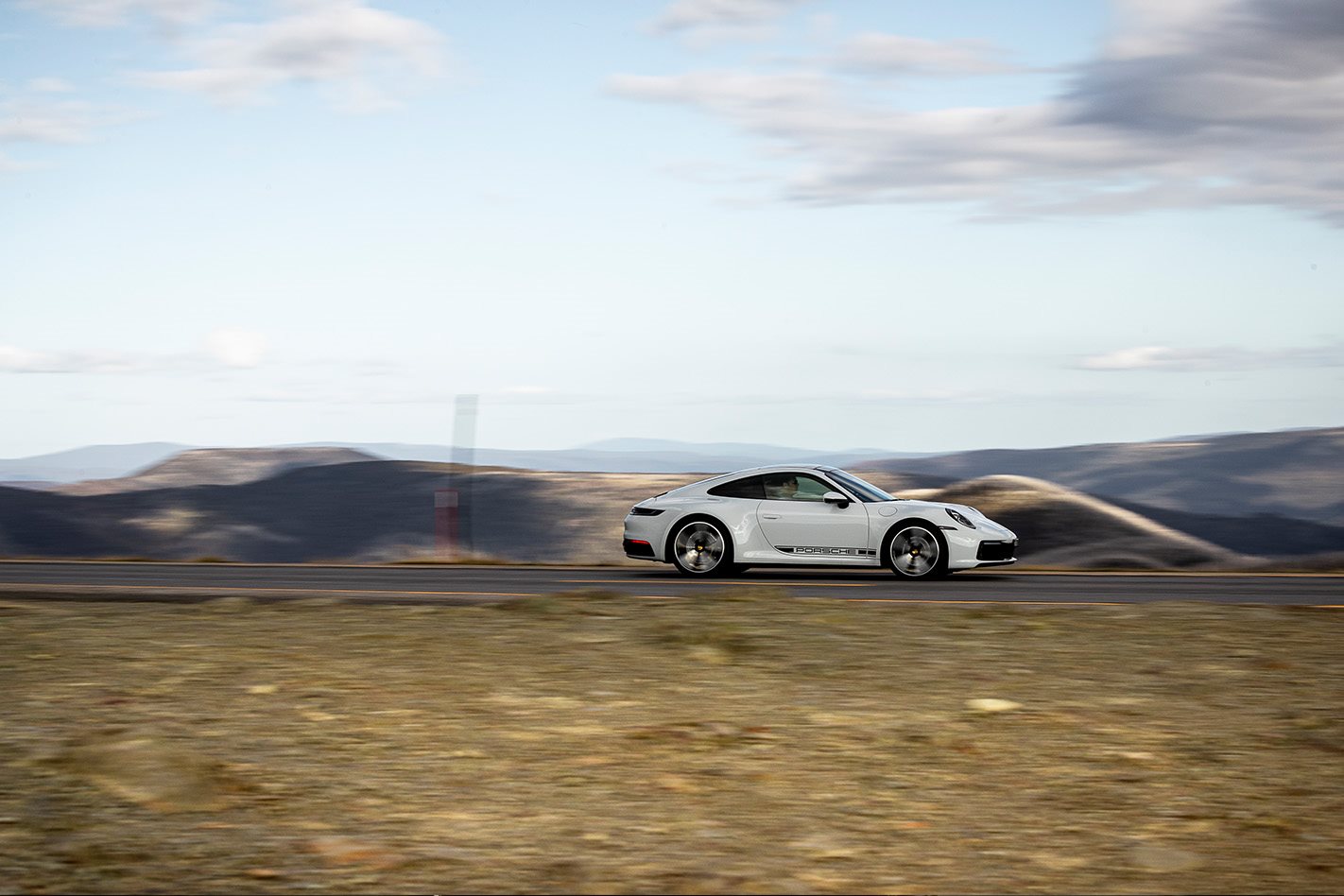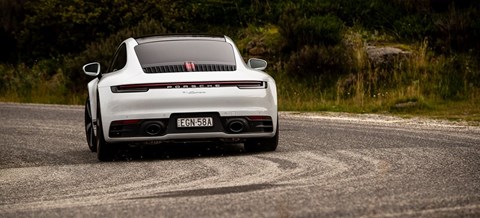► EU7 is on the way
► Expect cylinder counts to rise
► Due to a power per litre cap
Frank-Steffen Walliser is a man with a big responsibility. He charts the path of the Porsche 911, the world’s most iconic sports car. And, when talking to Wheels, it’s clear he’s vexed.
“In 2026, the next wave of regulations will come with EU7. This will be the worldwide toughest regulations considering emissions, especially in the spread between real driving emissions and what we see on the test benches,” he says.
“We will see a big change because it means for everybody, new engines and we will see bigger displacements coming back again.”

Wait, what? So the whole turbo downsizing trend that car manufactures have pursued over the last few years is all going to be ripped up? It seems that will indeed be the case as EU7 regs put a limit on relative power per litre.
‘I expect 20 percent more displacement on average for these EU7 capable engines. A lot of manufacturers will jump from four to six, from six to eight [cylinders],’ he explains.
‘The regulations are completely counterproductive to CO2 regulations, so this will go up.
‘You cannot fulfil all the standards without spending fuel. It sounds crazy but it’s a technical fact at the moment.
‘This new regulation is really difficult to fulfil because we will have different cold start emissions side and bigger catalytic converters. When I’m talking bigger, I’m talking a factor of three to four times more, so there will be a small chemical industrial factory in the car to really control this,’ he says.
‘This means all new engines and especially for the 911 this gets really, really difficult. But we will never give up. Whatever it takes, we will do it. We want to keep six cylinders, for sure, but we will have to overwork it, we will have to make a new engine. That’s the fact. Again.’

Asked whether that would mean the end of the normally-aspirated engine, as championed in the soul of the 911 range, the GT3, Walliser is downbeat.’At the moment, we only see a turbo solution. Naturally aspirated, not really,’ he laments.
‘This is a European solution. But [natural aspiration] could work in other parts of the world.’

Still, that sounds very much like the death knell for natural aspiration. That affects how the 911 would appear in future, and redefines its essence. Where would the 911 go if Walliser had a clean sheet of paper to work with?
‘Maybe I would do it a little more sporty than the 992. If I had a wish, I would make it maybe smaller.’
The future might well appear challenging, but it’s hard to think of a better and more committed guardian for the 911 than Walliser.
This article originally appeared on whichcar.com.au